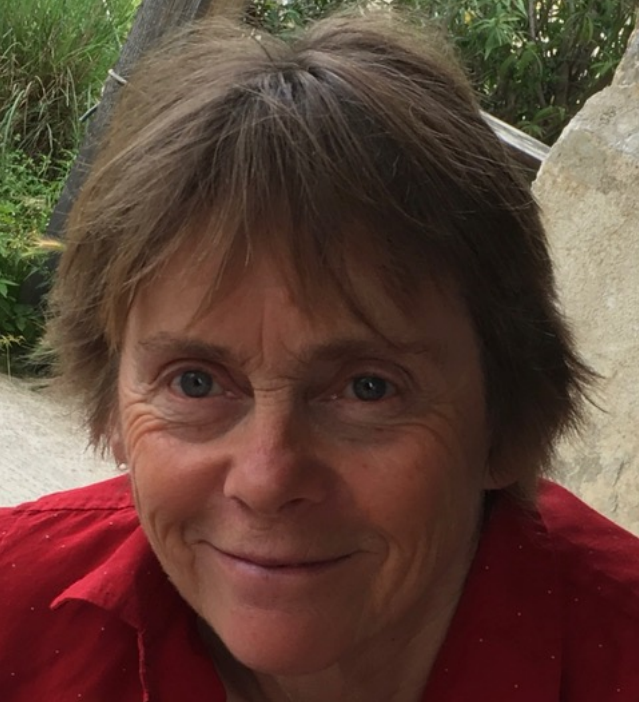More than half of the world’s current banana crop originates from a single seed that emerged from natural hybridisation hundreds or thousands year ago.
Plant geneticist Dr Angélique D’Hont believes that’s a dangerous position to be in when it comes to protecting the long-term productivity of a crop.
Dr D’Hont specialises in banana and sugarcane genetics and leads the ‘Genome structure and evolution’ research team at the French agricultural research and cooperation organisation CIRAD.

Dr D’Hont is one of six plenary speakers for this year’s TropAg Conference in Brisbane from 31 October 31 to 2 November.
Her presentation will outline the importance of increasing the genetic diversity of food crops for future food security.
Banana is a staple food for many tropical and subtropical countries and the world’s most traded fruit, providing an important source of income for growers, particularly in developing countries.
The Cavendish cultivar accounts for more than half the 140 million tonnes of bananas produced worldwide, and 97 per cent of the dessert bananas grown for export.
“This reliance on a single cultivar is what we call a monoculture,” Dr D’Hont said.
“It presents a huge risk when new pests and diseases emerge.”
“It is also facing two major threats, which have spread to all major growing regions
The first is the deadly and quick spreading Fusarium wilt or Panama disease, caused by the soil-borne pathogen Fusarium sp. (TR4).
The second, black stripe disease or black Sigatoka is caused by the pathogen Pseudocercospora fijiensis.
It greatly reduces the productivity of banana plants and can be treated with fungicides, however, Dr D’Hont said the heavy use of chemicals was undesirable.
She said one hope for controlling these diseases lies with breeding programs to tap into natural resistance that may be present in other banana cultivars or wild accessions.
Dr D’Hont and her team first produced a reference sequence for the banana genome in 2012 together with the French national sequencing centre, using more precise next-generation sequencing to identify the origins of banana cultivars.
They found that cultivated bananas originated on the New Guinea Island and more wild species or subspecies than expected contribute to the diversity of cultivars across Southeast Asia.
Breeders are already tapping into this newly identified diversity to develop new cultivars and improve resistance to disease.
Dr D’Hont said banana breeding was a complex process with only five breeding centres of significance around the world, including one run by CIRAD in the French West Indies.
She said new cultivars need to produce sterile fruit and propagation relies on clonal reproduction.
Standards for export varieties are also exacting, requiring fruit that travels well and can arrive perfectly yellow and unblemished on supermarket shelves.
“But by characterising and conserving the biodiversity we do have, it will allow us to add more diversity into agriculture, and protect the future of production,” Dr D’Hont said.
It’s a message she is keen to share with those attending the 2022 TropAg Conference.
The conference is hosted by The University of Queensland in partnership with the Queensland Government via the Department of Agriculture and Fisheries. TropAg is backed by generous sponsors exhibitors and media partners. View the full list of supporters from the TropAg website.
Research contact: Dr Angélique D’Hont, dhont@cirad.fr.
Media contact: Natalie MacGregor, TropAg media, n.macgregor@uq.edu.au, +61 (0)409 135 651.
Supporting information:
TropAg media kit via Dropbox: https://bit.ly/3MrGHfO
TropAg website: tropagconference.org
TropAg program
TropAg registration options



